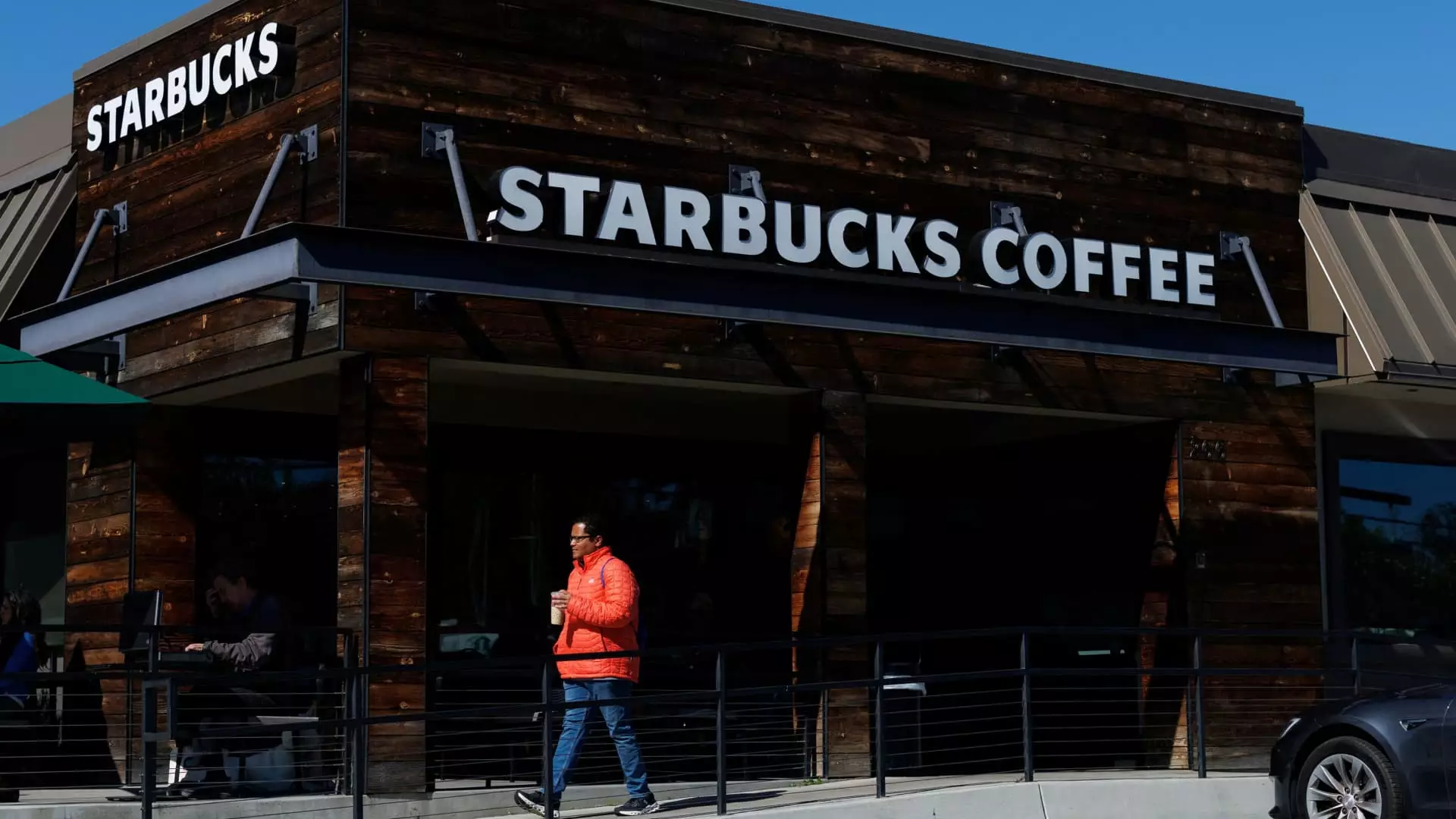The recent downturn in restaurant stocks serves as a harsh reminder that the market is susceptible to broader economic concerns, particularly in the face of imminent recession fears. Investors were already jittery after President Trump’s unexpected announcement of high tariffs on imports, leading to a ripple effect that investors didn’t foresee. The restaurant sector, once viewed as a relatively stable haven during economic fluctuations, has become a battlefield of declining stock prices and heightened anxiety as analysts predict that consumer spending will take a significant hit.
UBS analyst Dennis Geiger’s assertion that the direct impact of tariffs on restaurants is manageable lacks depth when we consider the broader implications of reduced consumer spending. Tariffs, while seemingly more focused on select commodity costs, serve as a catalyst for inflation that can erode the financial capability of diners. The result? Consumers may see less discretionary income for dining out, which translates into potential disaster for restaurants attempting to maintain their margins in an increasingly competitive landscape.
Starbucks Under Siege
Take Starbucks, a company that has long enjoyed a robust market position. Its stock plunged over 2%, following an unsettling downgrade by Baird to neutral, showcasing a vulnerability to external economic forces. The coffee giant faces a multitude of challenges, with the most worrisome being the potential for rising coffee bean prices due to tariffs levied against key producing countries like Brazil and Vietnam. The narrative among analysts swings heavily toward the notion that anti-American sentiment abroad and a looming recession will negatively impact their international sales, especially in markets like China, which can be notoriously sensitive to geopolitical tensions.
Bank of America Securities analyst Sara Senatore astutely points out how complicated and fragile the coffee supply chain is, nestled within a region known as the Coffee Belt. The inability to shift coffee production domestically restricts Starbucks’ options to mitigate rising commodity costs and places it in a precarious position as consumers reconsider their indulgences in the face of economic adversity.
The Casual Dining Crisis
Casual dining chains are not immune to these turbulent tides either—a dive in Dine Brands stock nearly 3%, which operates restaurants like Applebee’s and IHOP, epitomizes the struggle within this sector. These establishments are grappling with their own set of economic woes, evidenced further by the declines in shares for competitors like Darden Restaurants and Texas Roadhouse. Unlike fast food, which has historically weathered economic storms, casual dining relies more heavily on discretionary spending. If consumers pinch their wallets, these sit-down chains may find themselves holding significant risk.
The reality is clear: while fast-food outlets often thrive as consumers trade down from pricier establishments during downturns, the last year saw even these giants falter as well. In the wake of rising prices, quick-service restaurants felt the sting of declining visitation rates among low-income consumers, forcing them to opt for fewer visits and smaller orders. The dynamic of consumer behavior is shifting, radically altering the landscape restaurants navigate.
Investor Sentiment and Shifting Stocks
The overall sentiment from investors has turned grim, casting a shadow over even the most optimistic projections for growth. Fast-casual restaurants, once the darlings of the stock market, have also suffered, with Chipotle and Sweetgreen seeing disappointing declines of nearly 2% and 1%, respectively. It’s a harsh juxtaposition compared to previous years, where these brands thrived on the buzz of health-conscious eating and innovative menu items.
Interestingly, the stock of Dutch Bros, a rising challenger to Starbucks, managed to weather the storm with an increase of over 4%, but the overall environment suggests that such isolated cases may be few and far between. The stock market favors consistency and sustainability over panic-driven highs, but the resurgence in Dutch Bros is perhaps an outlier, not a trend.
With economic conditions and consumer spending tightly interwoven, restaurant stocks face an uphill battle that goes far beyond tariffs. The pressing question looms: can these businesses adapt to an evolving marketplace where both market sentiment and financial resources are stretched thin? As a center-right observer of this unfolding situation, it is essential to recognize not only the economic indicators but the broader implications of consumer behavior that shapes every dining experience.

